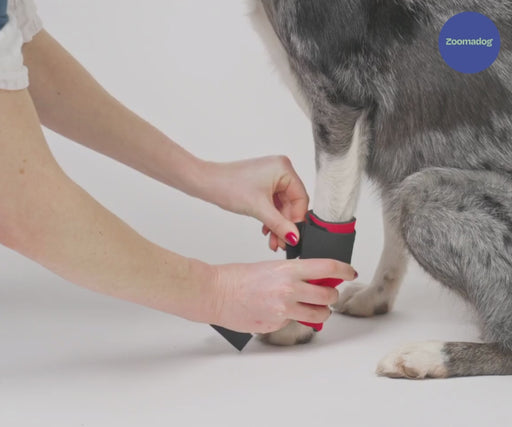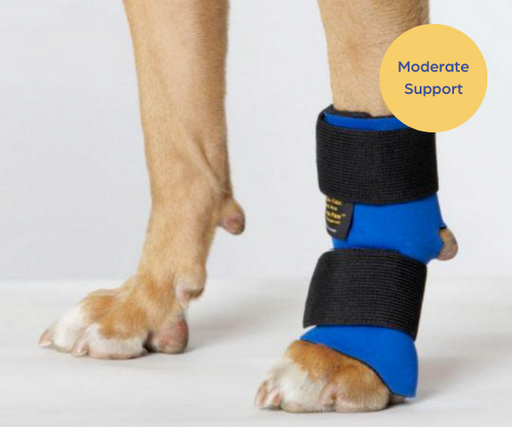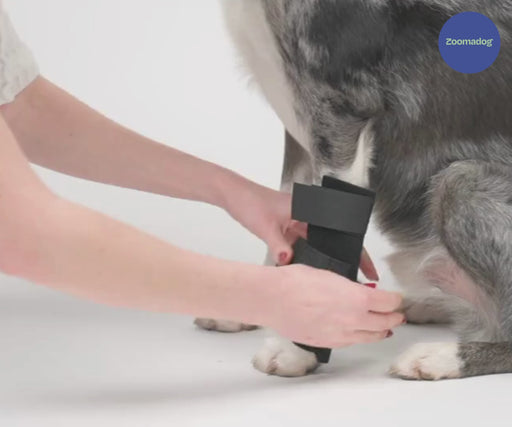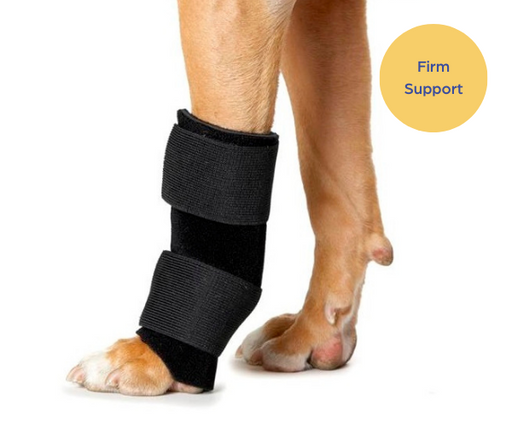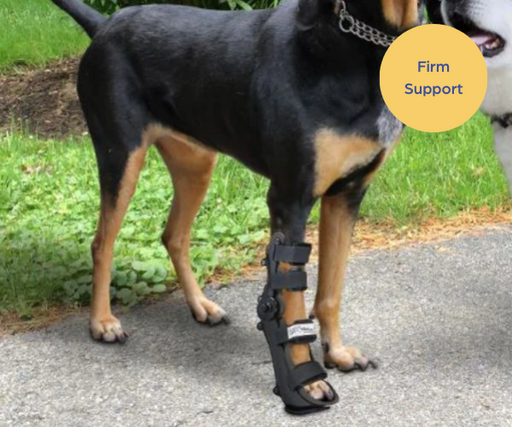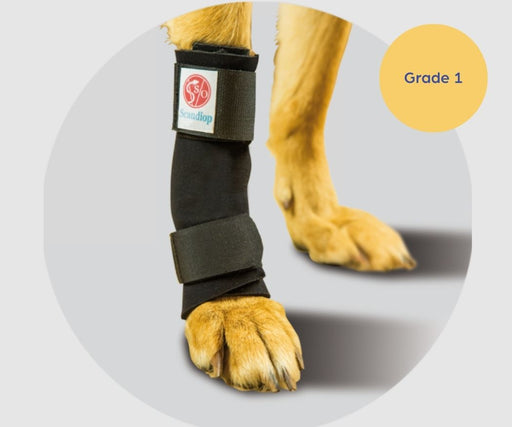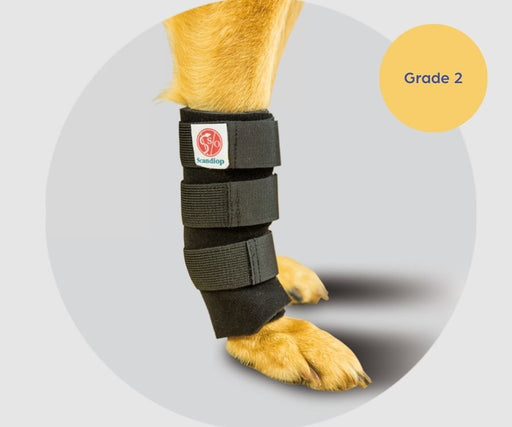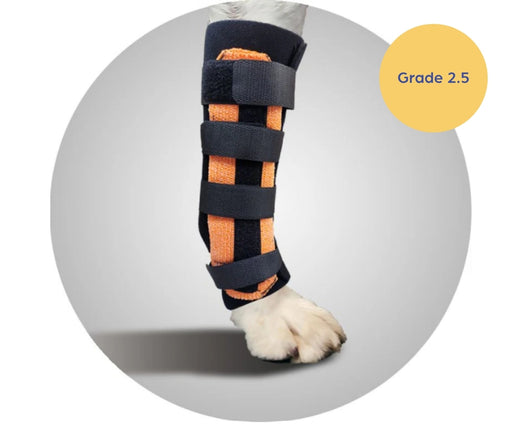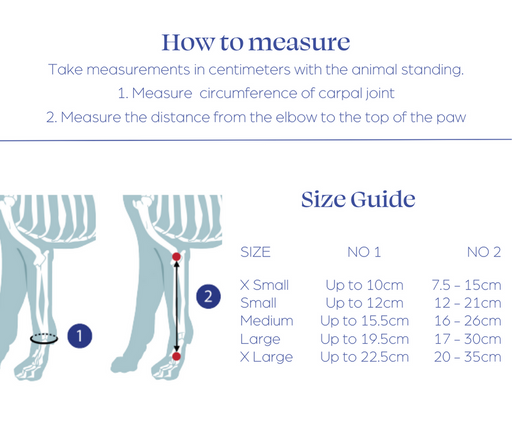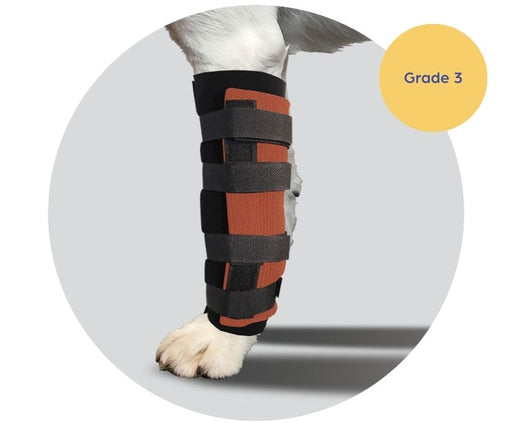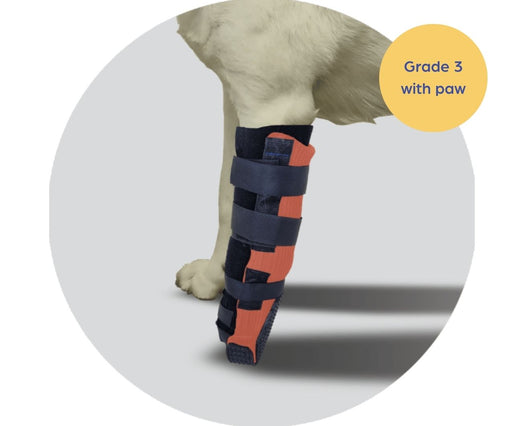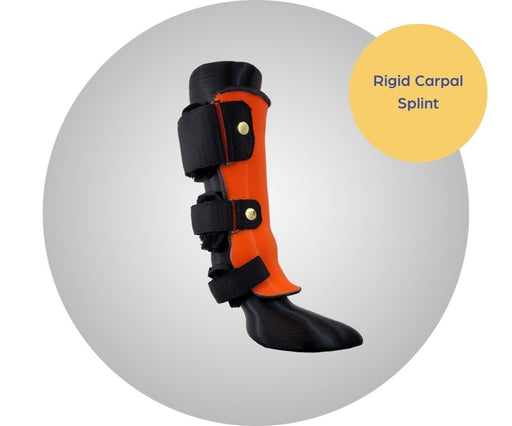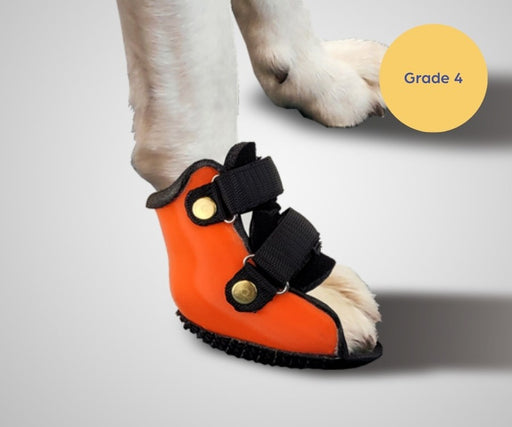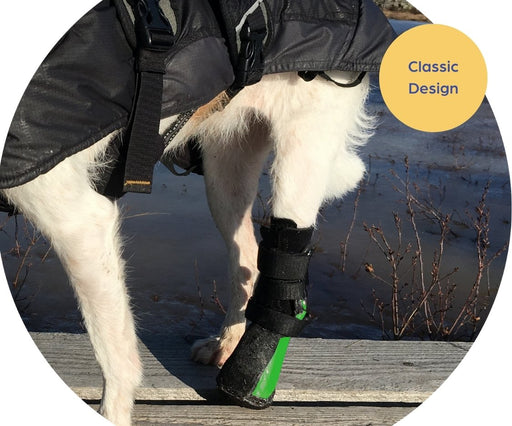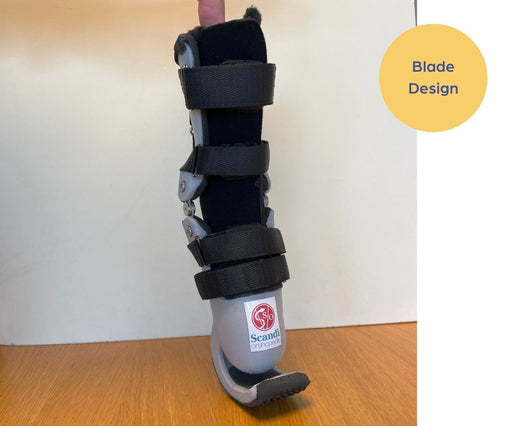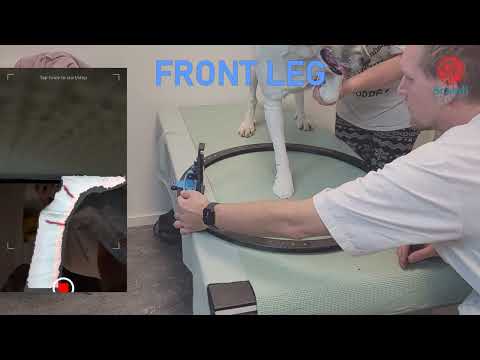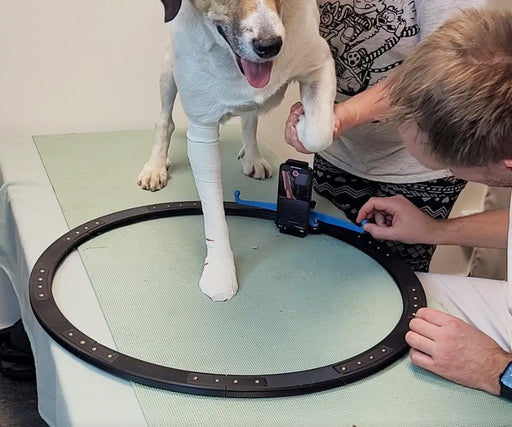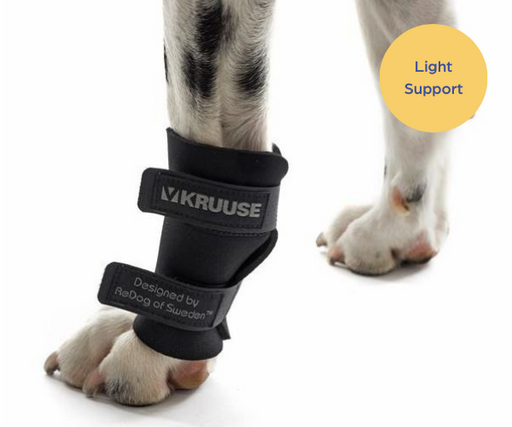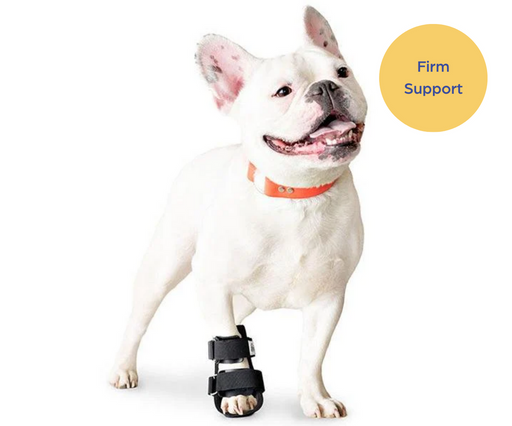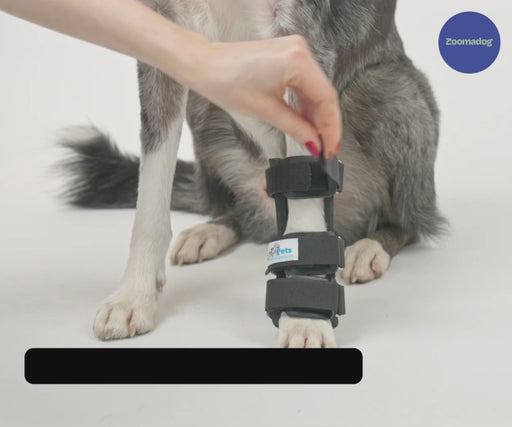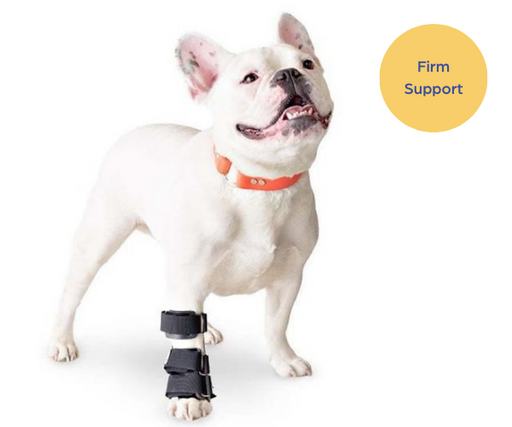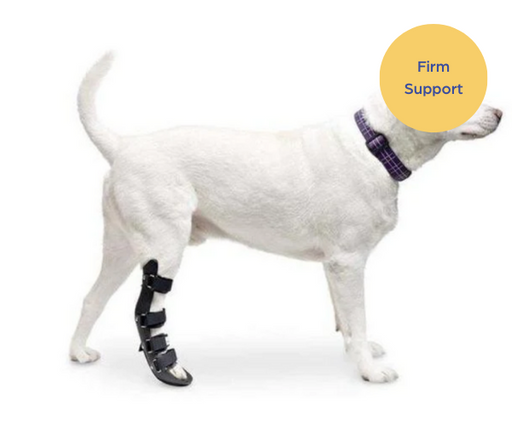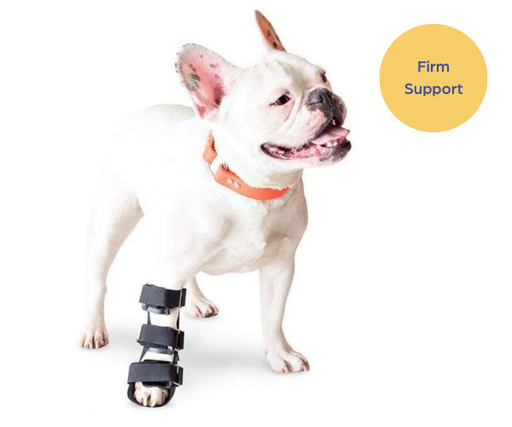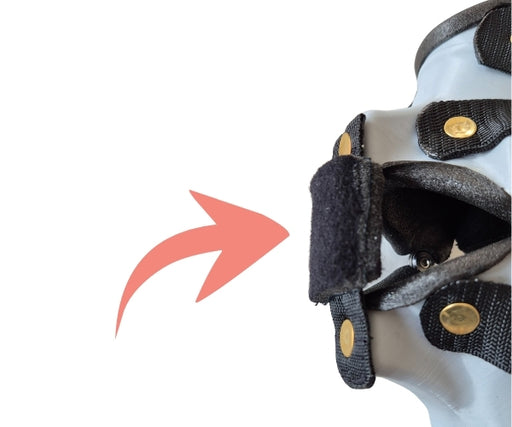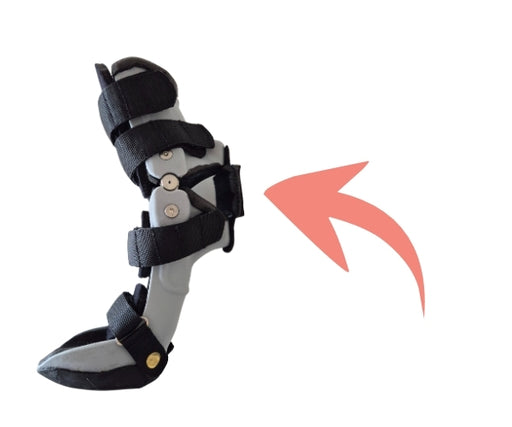Fractures: Splints are often used to stabilize broken bones in the leg. They help keep the bone in the correct position during the healing process.
Ligament Injuries: Injuries to ligaments, such as a torn cranial cruciate ligament (similar to the ACL in humans), can benefit from the support of a splint.
Tendon Injuries: Splints can aid in the healing of injured tendons by limiting movement and allowing the tendon to rest and repair.
Arthritis: For dogs with arthritis, particularly in the wrist or carpal joint, a splint can help reduce pain by providing support and limiting stressful movements.
Carpal Hyperextension: Splints can be used to treat carpal hyperextension, where the wrist joint collapses forward under the weight of the dog, by providing support and preventing overextension.
Post-Surgical Support: After certain surgeries, such as those to correct bone deformities or joint issues, splints can help in the recovery process by stabilising the leg.
Neurological Conditions: Dogs with neurological disorders that affect limb function may benefit from splints to prevent knuckling over and to assist in proper limb placement.
Wound Protection: In some cases, splints can protect wounds or surgical sites on the leg from licking, biting, or external harm, aiding in the healing process.
Degenerative Conditions: For degenerative conditions like degenerative myelopathy, splints can help support weakened limbs, although they are more commonly used on hind legs for this condition."








